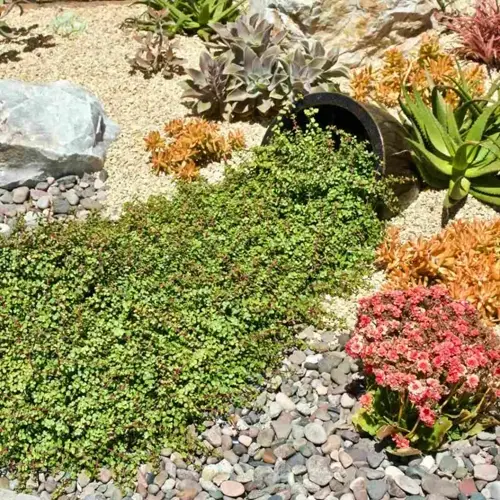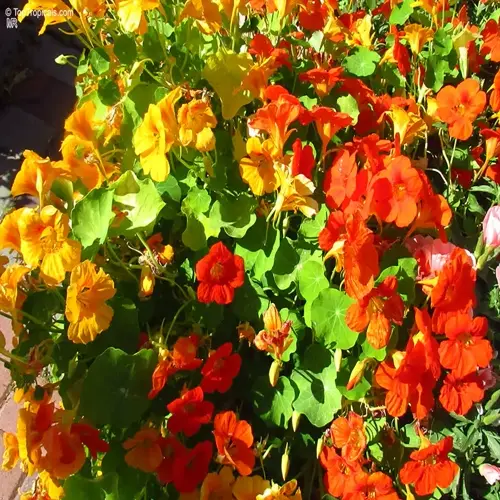How does wind affect seedlings during hardening?

Written by
Julia Anderson
Reviewed by
Prof. Martin Thorne, Ph.D.Seedlings are greatly affected by wind exposure during the hardening off period. Mild breezes strengthen the stems of seedlings as they are naturally encouraged to move. High winds of more than 10 miles an hour damage the plants by breaking the stems or blowing off the waxy cuticle, which affords them protection. I place my seedlings against walls and fences to afford them a windbreak during the first stages of hardening off.
Physical Barriers
- Install temporary burlap screens around seedling areas
- Use cold frames with adjustable ventilation slats
- Position plants near solid windbreak structures
Gradual Exposure
- Begin with 15 minutes of light breeze daily
- Increase exposure time by 10 minutes each day
- Avoid all wind during initial 3 hardening days
Damage Assessment
- Check for torn leaves or frayed leaf edges
- Monitor stem flexibility - brittleness indicates stress
- Look for soil erosion around plant bases
The effect of wind quickly removes moisture from the leaves and the soil. The plants rapidly become dehydrated without protection. Water the seedlings before exposing them to wind, but be careful not to get the leaves wet. Use anti-desiccant sprays for very sensitive plants. I missed the here-before-the-wind days in dry conditions.
The gradual introduction of wind exposure to produce stem strength is very effective. First subject plants to gentle air movement from oscillating fans indoors. This is followed on approximately days 4-5 by the atmospheric breezes outdoors. Observe that the stems grow thicker also, and a stiff stem will form "ridges" along the main stem, indicating that the cellulose is developing. This should be avoided on any windy day that exceeds the maximum safe limits for the variety in question.
Wind damage displays unmistakable signs. Look for sandblasted leaves with dull surfaces. Watch twisted stems or leaning plants. Seedlings may be found bruised where the stems rub against stakes. Immediate protection prevents permanent damage. I carry fleece sheets for sudden gusts.
Read the full article: The Complete Guide to Hardening Off Seedlings

